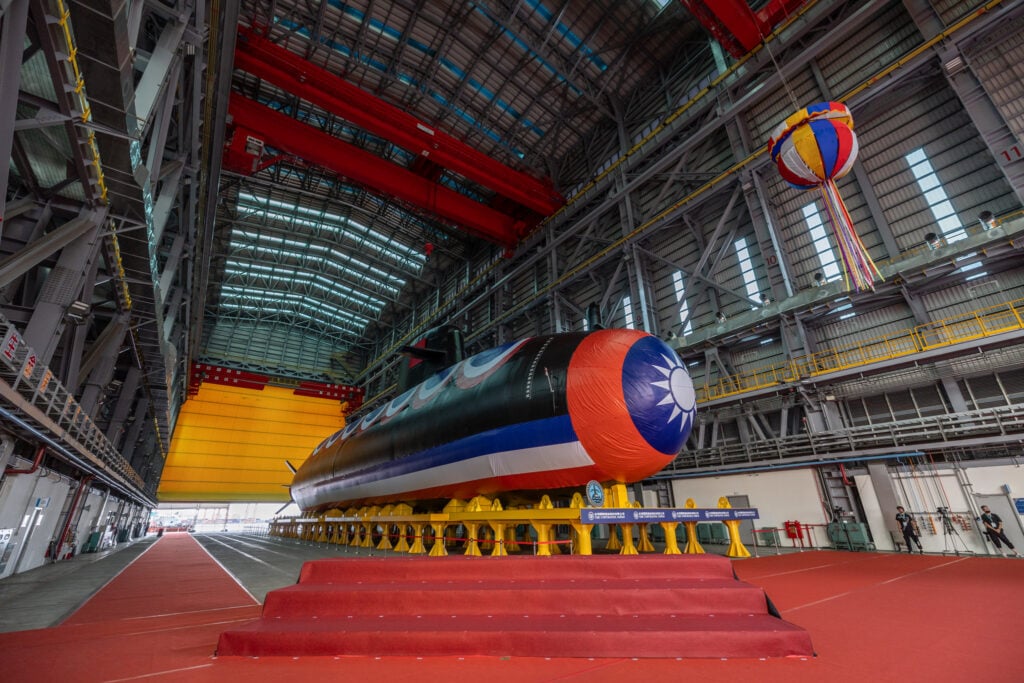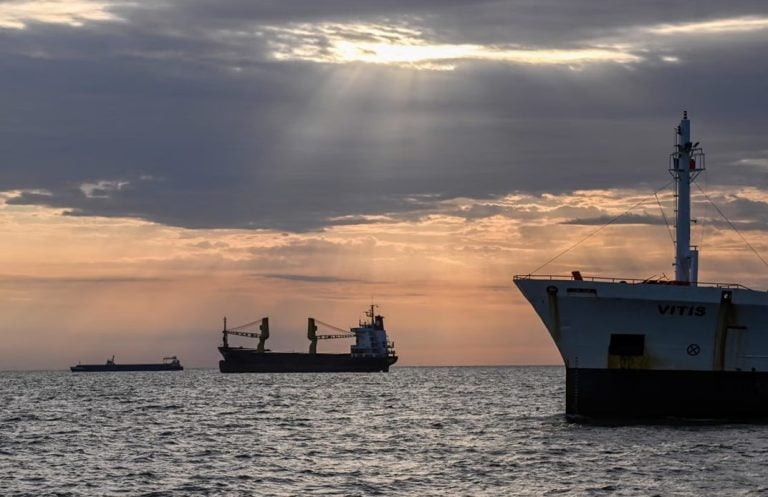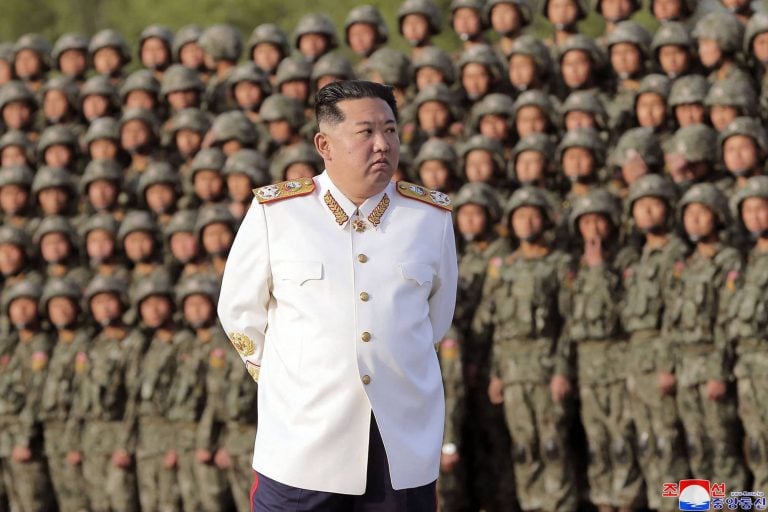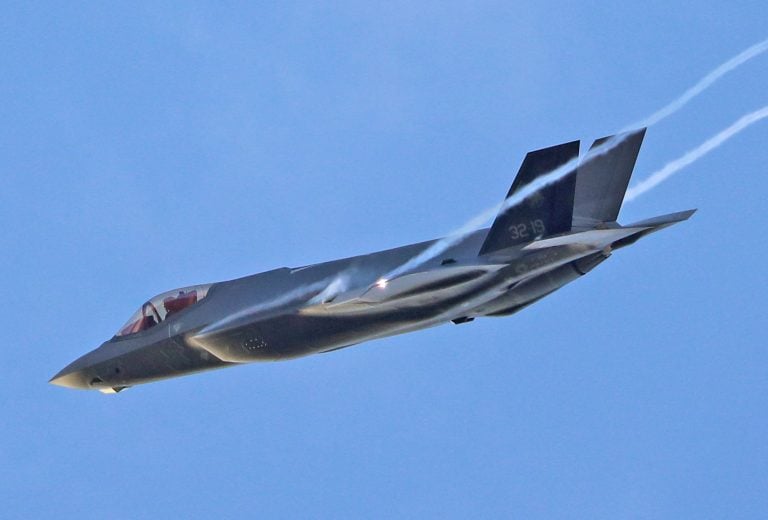Taiwan has embarked on sea trials for its inaugural domestically constructed submarine, a critical step as the island fortifies its military capabilities against a potential threat from China. This submarine is part of a broader initiative that began in 2016, which aims to create a fleet of eight submarines to bolster Taiwan’s defensive measures.
China, which considers Taiwan a part of its territory, has issued repeated threats to use force in an attempt to annex the self-governing island. In stark contrast, Taiwan asserts its status as a sovereign nation, unwilling to submit to Beijing’s authority.
The shipbuilder, CSBC Corp, announced that the sea trials commenced in the southern port city of Kaohsiung on Saturday, nearly two years following the unveiling of the submarine. On Tuesday, the initial trial phase, termed a “floating navigation test,” was completed successfully. In a statement, CSBC Corporation noted, “We will continue, based on the test results, to adjust and improve each system, and proceed to the next phase of submerged navigation tests.”
The newly built submarine measures 80 meters (262 feet) in length and has a displacement weight ranging from 2,500 to 3,000 tons. It is equipped with combat systems and torpedoes supplied by the U.S. defense contractor Lockheed Martin. The Taiwanese Navy anticipates concluding the sea trials by September 30, with plans to deliver the submarine by the end of November.
Despite these advancements, the submarine program has encountered notable hurdles. The main opposition parties—the Kuomintang and the Taiwan People’s Party, which together dominate the parliament—have halted part of the program’s funding earlier this year. Their decision stems from a desire to assess the submarine’s sea trial outcomes before releasing further financial support.
Facing the specter of a potentially overwhelming military confrontation with China, Taiwan is actively pursuing tactics related to “asymmetric warfare.” This approach emphasizes the use of more agile and advanced equipment, such as submarines and drones, to overcome the substantial technological imbalance. However, there are growing concerns that opposition efforts to reduce military expenditures could impede Taiwan’s progress in enhancing its defense capabilities.
Currently, Taiwan’s navy operates a mere two functional submarines, the Swordfish-class vessels, which were acquired from the Netherlands in the 1980s. In stark contrast, China has rapidly expanded its naval forces, increasingly fielding one of the world’s most formidable maritime arsenals, including nuclear-powered submarines and advanced aircraft carriers.



















